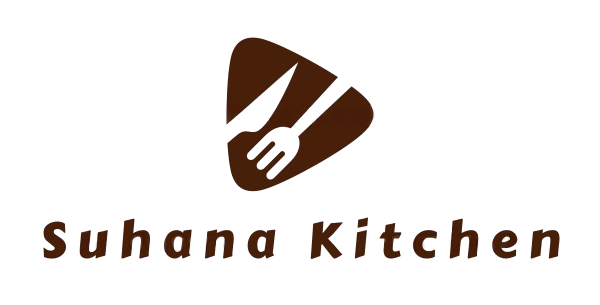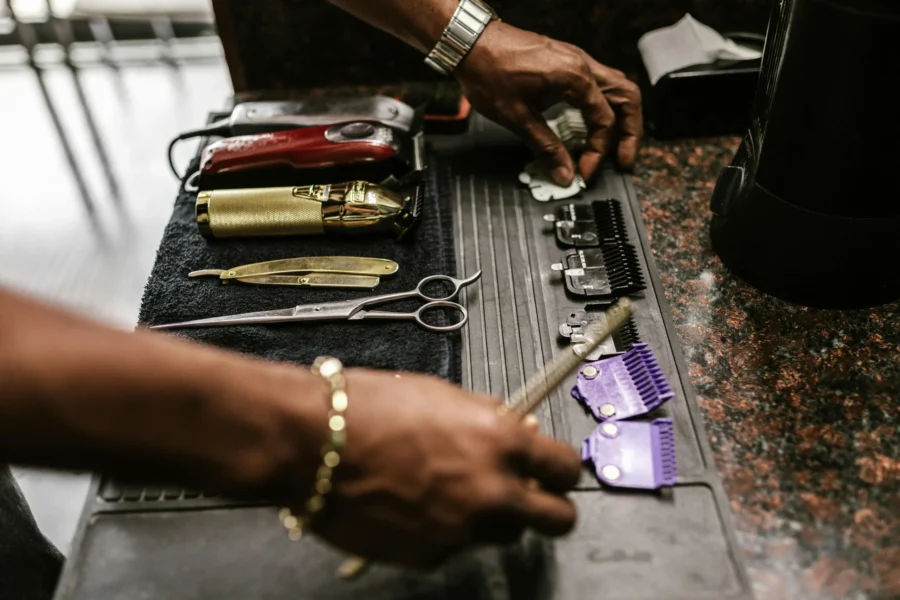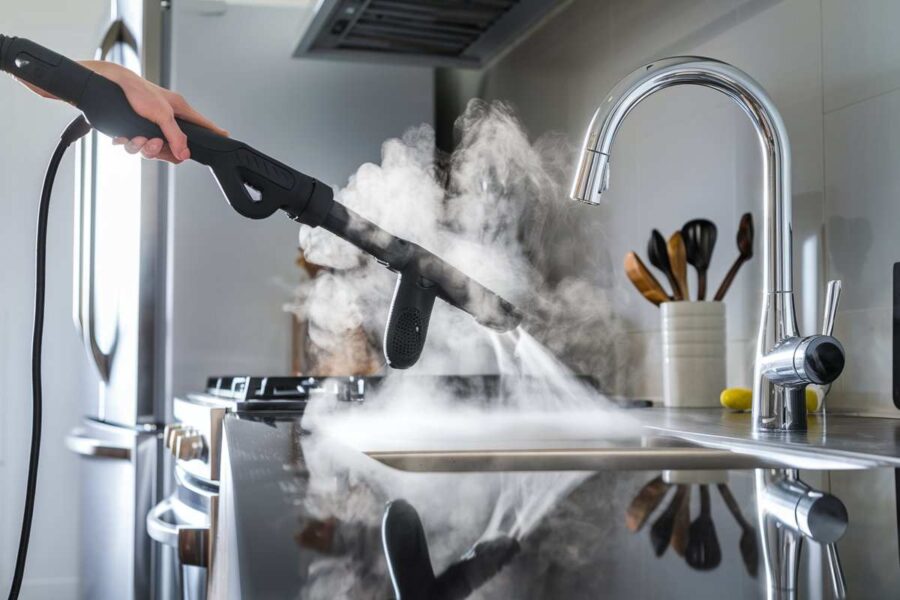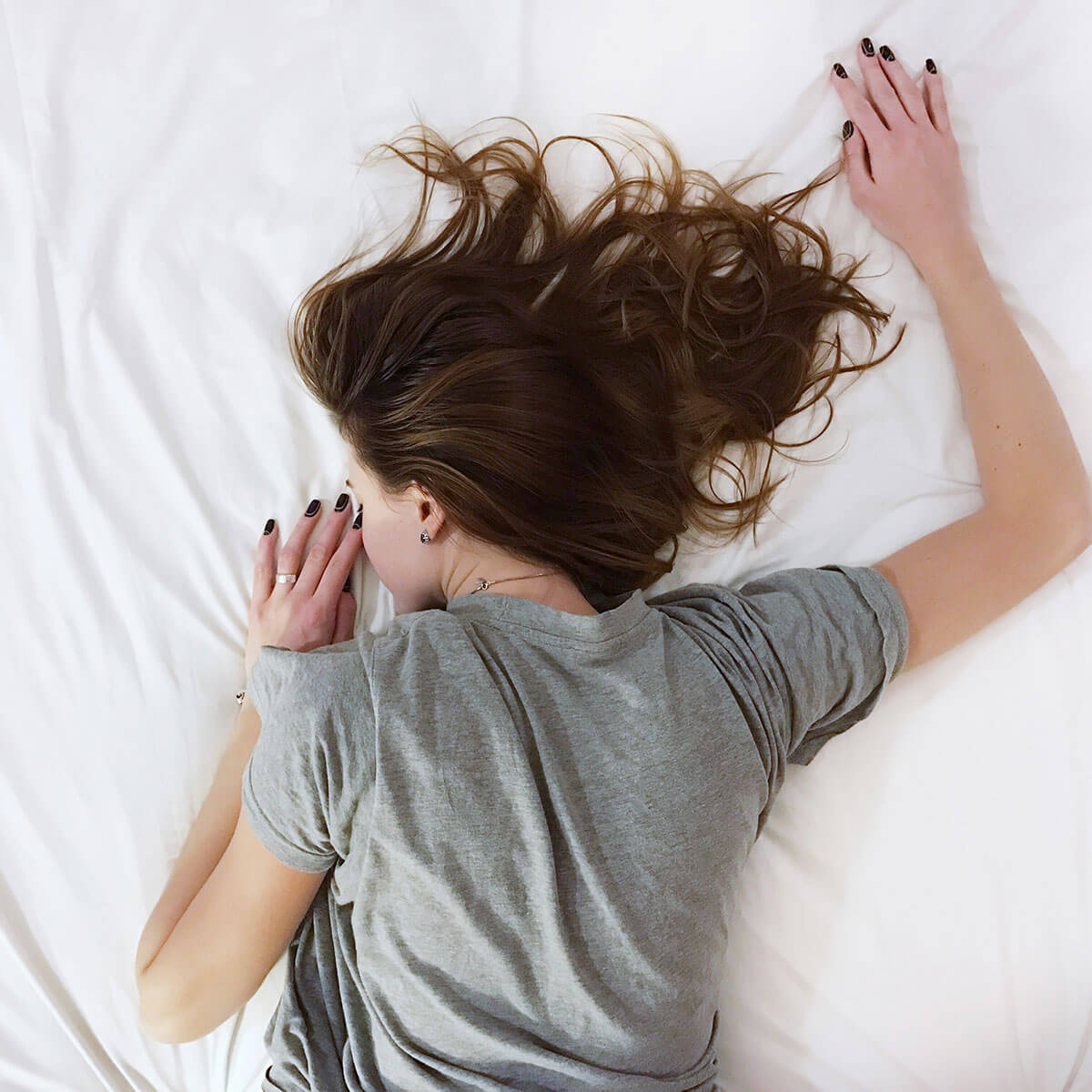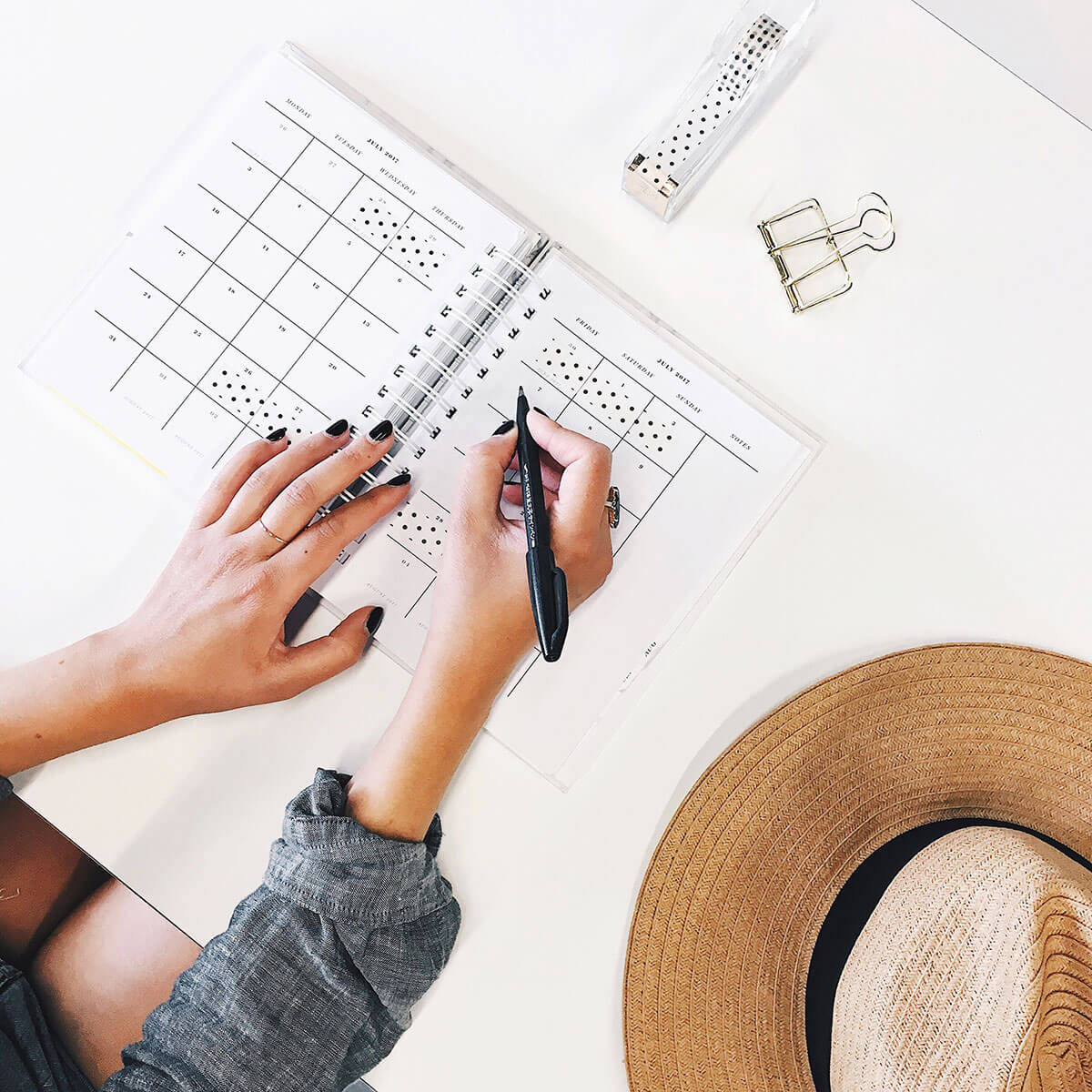Is UV Light Safe for Food? What You Need to Know About UV Disinfection
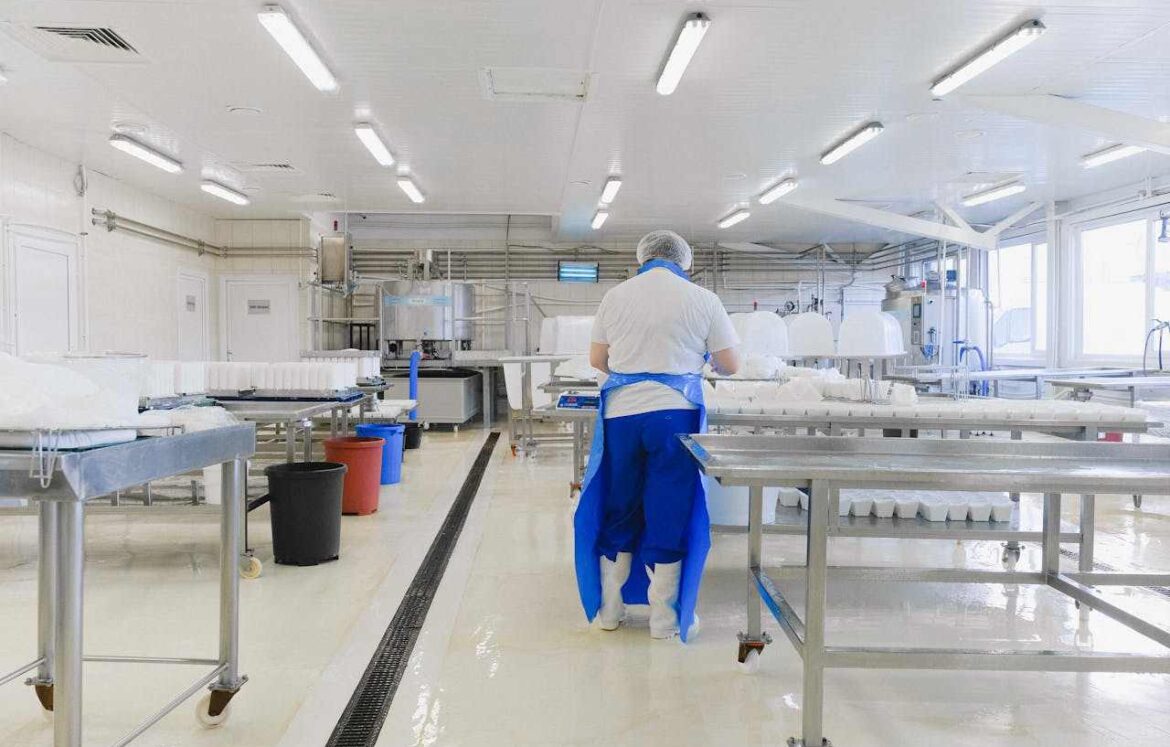
The world of food safety is constantly evolving. We’re always looking for new ways to keep our food free from harmful bacteria and pathogens. Enter UV light, a technology that’s gaining traction in the food industry. But Is UV light safe? And is it safe to eat food that’s been exposed to UV light?
This article will delve into the world of UV light and its impact on food safety, exploring both the potential benefits and risks. We’ll also discuss regulations and safety standards, how to identify UV-treated food, and the future of this technology in the food industry.
Table of Contents:
Why We Use UV Light on Food?
UV light, particularly UV-C light, is known for its potent germicidal properties. It’s a natural disinfectant that can effectively eliminate harmful bacteria, viruses, and molds. This makes it a promising tool for ensuring food safety and extending shelf life.
Foodborne illnesses are a major public health concern. These illnesses, often caused by bacteria like Salmonella and E. coli, can lead to severe symptoms and even death. UV sanitizing boxes, portable UV sanitizers, and UV light sanitizers for food are becoming increasingly popular, offering a safe and effective way to reduce the risk of foodborne illness.

These devices use UV-C light to disinfect various food items, including fruits, vegetables, meat, and even kitchen utensils.
Keeping Your Food Fresh for Longer: The UV Advantage
Think about it – you’ve just bought a beautiful head of lettuce, but you’re worried about potential contamination. A UV light sanitizer wand can come in handy, allowing you to disinfect your produce before storing it.
But UV light isn’t limited to just killing bacteria. It can also effectively neutralize viruses and molds, further enhancing food safety.
UV light can help extend the shelf life of fruits and vegetables by reducing the growth of bacteria and fungi. This means less food waste and more time to enjoy your produce.
Imagine picking up a package of strawberries at the grocery store, only to have them spoil within days. UV light can help to extend the shelf life of your berries, allowing you to savor them for longer.
A Natural Approach to Food Preservation: Saying Goodbye to Chemical Preservatives
Traditional methods of food preservation often rely on chemical preservatives, which some people are concerned about. UV light offers a natural and chemical-free alternative to preserving food.
Take a look at the label of your favorite juice. You might find ingredients like sodium benzoate or potassium sorbate, chemical preservatives that prevent spoilage. UV light can help to reduce or even eliminate the need for these chemicals, offering a healthier option for consumers.
The Future of UV Light in Food Processing:
UV light is becoming increasingly popular in food processing. It’s a safe, effective, and environmentally friendly way to sanitize food and surfaces. Uv sterilizer water treatment is becoming increasingly common for both household and commercial purposes. If you are interested in learning more about uv light sanitizers for food, you can check out our blog post on The Best UV Sanitizing Box For Kitchen.
How to Use UV Sterilizer Safely:
- Always follow the manufacturer’s instructions.
- Don’t use UV light to sanitize raw meat or poultry.
- Don’t use UV light to sanitize foods that have been damaged or spoiled.
- Don’t expose your skin or eyes to UV light.
Here are some additional resources that you might find helpful:
- The Best Portable UV Sanitizer For Kitchen
- Best UV Portable Lamp Sanitizer for Kitchen and Home: All You Need to Know
2. Regulations and Safety Standards:
You might be wondering, “Is it safe to eat food that’s been exposed to UV light?” The good news is, the Food and Drug Administration (FDA) has strict regulations in place for the use of UV light sanitizer for food and uv sterilizer water. These regulations ensure that the process is safe and effective.
To ensure food safety, the FDA has established guidelines for the maximum exposure time and intensity of UV light. This is important because excessive exposure can lead to nutrient loss and potentially harmful changes in the food.
UV light sanitizing box and other portable uv sanitizers are often used in food processing facilities. While uv sanitizing containers for food amazon are a convenient way to sanitize your food, they are not a substitute for proper food handling and storage practices.
The FDA also regulates the use of uv sterilizer water for food processing. This technology uses ultraviolet light to kill bacteria and other microorganisms that can contaminate water.
While UV light technology is generally safe, it’s important to follow the manufacturer’s instructions and recommendations. Some best uv light sanitizer wand models are specifically designed for certain types of food or water. Always choose a uv c light sanitizer that is approved for food use and adhere to the recommended usage guidelines.
Want to learn more about the use of ultraviolet light sanitizer in the food industry? Check out the FDA’s website for detailed information on regulations and safety standards.
3. How to Identify UV-Treated Food
While UV light is becoming increasingly common in food processing, it can be tricky to determine if your food has been exposed to UV light. You won’t see any noticeable changes to the food’s color, taste, or texture. However, there are a few ways to determine if UV light has been used:
- Look for Labels: Some companies are starting to use labeling to indicate that their products have been UV-treated. The label might state “UV-treated,” “UV-sanitized,” or “UV-processed.”
- Check with the Manufacturer: If you’re unsure, contact the manufacturer directly and ask if the food you purchased has been exposed to UV light. They may have additional information about the specific UV processing technique used.
- Research the Food Industry: Keep an eye out for news and articles discussing the use of UV light in food processing. This information can help you stay informed about how this technology is being used and what to look for on food labels.
While it’s important to be aware of UV-treated food, remember that UV light is a safe and effective method of food preservation when used correctly.
To learn more about the different types of UV sanitizers available and how to use them effectively, check out these articles:
- Germ-Free Zone: The Best UV Sanitizing Box for Kitchen
- 5 Best Portable UV Sanitizer for Kitchen You Need
Whether you’re using a uv sanitizing box to sterilize your kitchen tools or a portable uv sanitizer to sanitize your produce, understanding how to use UV light safely and effectively can make a difference in keeping your food safe and healthy.
4. The Future of UV Light in Food Processing:
UV light technology is rapidly evolving, and researchers are continuously exploring its potential applications in food safety. One exciting area of research is the development of portable uv sanitizers that can be used to disinfect food at home. These devices, such as the best uv light sanitizer wand, offer a convenient and effective way to kill bacteria and viruses on fruits, vegetables, and other foods. They are particularly helpful for those who want to reduce their reliance on chemicals and pesticides.
Another area of focus is the development of uv sanitizing containers for food amazon. These containers use UV light to sterilize food and prevent spoilage. The idea is to create a safer and more convenient way to store food, reducing the need for refrigeration or freezing. This could be especially beneficial for travelers or people who live in areas with limited access to refrigeration.
While the current applications of UV light in food processing are impressive, the future holds even more potential. As scientists continue to explore the capabilities of UV light technology, we can expect to see even more innovative and effective ways to use it to improve food safety and quality.
Conclusion:
UV light technology is a powerful tool for enhancing food safety and extending shelf life. While it’s important to be aware of the potential risks and to follow proper regulations, the benefits of UV light in food processing are undeniable.
As research and development continue, we can expect to see even more innovative and effective ways to use UV light to improve the safety and quality of our food supply.
Whether you’re looking for a uv light sanitizer for food to use at home or a large-scale UV treatment system for a commercial food processing facility, the future of food safety is bright with UV light technology.
Just remember to use UV light responsibly and always refer to reliable sources for information on how to use how to use uv sterilizer safely and effectively.
FAQ: UV Light and Food Safety
1. What is UV light, and why is it used on food?
UV light, specifically UV-C light, is a powerful germicidal tool that kills bacteria, viruses, and molds on contact. In food processing, UV light helps sanitize and extend the shelf life of food without chemicals, reducing the risk of foodborne illnesses.
2. Is it safe to eat food treated with UV light?
Yes, when used correctly, UV light-treated food is safe to eat. The FDA has established strict regulations regarding UV light exposure levels to ensure food safety. UV-treated food maintains its nutritional value and does not absorb harmful substances during the process.
3. Can UV light replace chemical preservatives in food?
UV light offers a natural alternative to chemical preservatives by killing bacteria and extending the freshness of food. However, it may not fully replace preservatives for all foods, depending on the specific needs and shelf life requirements of each product.
4. Are there any foods that shouldn’t be treated with UV light?
Certain foods, like raw meat and poultry, may not be ideal for UV light treatment due to the density and potential internal bacterial load. It’s essential to follow specific guidelines and use UV light mainly for fruits, vegetables, and some processed foods.
5. Can I use a UV sanitizer on my produce at home?
Yes, portable UV sanitizers, such as UV wands and sanitizing boxes, are available for home use. These devices allow you to safely sanitize fruits and vegetables. Be sure to follow the manufacturer’s instructions and avoid exposure to your skin or eyes.
6. How can I tell if my food has been UV-treated?
UV-treated food might be labeled with terms like “UV-treated” or “UV-sanitized.” If unsure, you can contact the manufacturer or check food industry updates, as more companies are beginning to label their UV-treated products.
7. Does UV treatment affect the taste or texture of food?
No, UV treatment doesn’t typically alter the taste, texture, or appearance of food. It’s a non-invasive process that targets only harmful microorganisms on the surface.
8. What should I consider when using a UV light sanitizer for food?
Always follow the instructions, use UV light on appropriate foods, and avoid using it on spoiled or damaged food. Additionally, ensure you’re using a UV sanitizer approved for food use to maximize safety and effectiveness.
